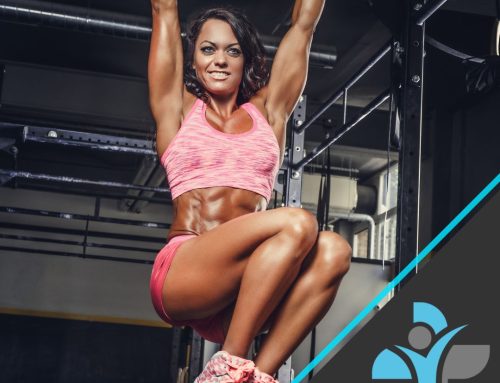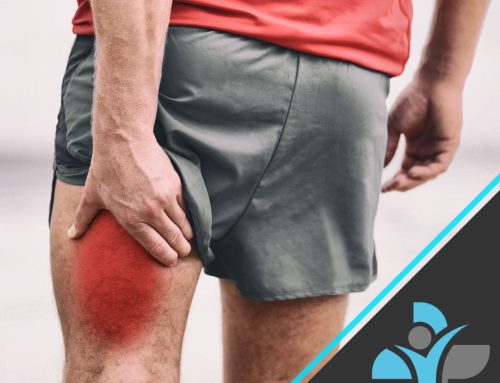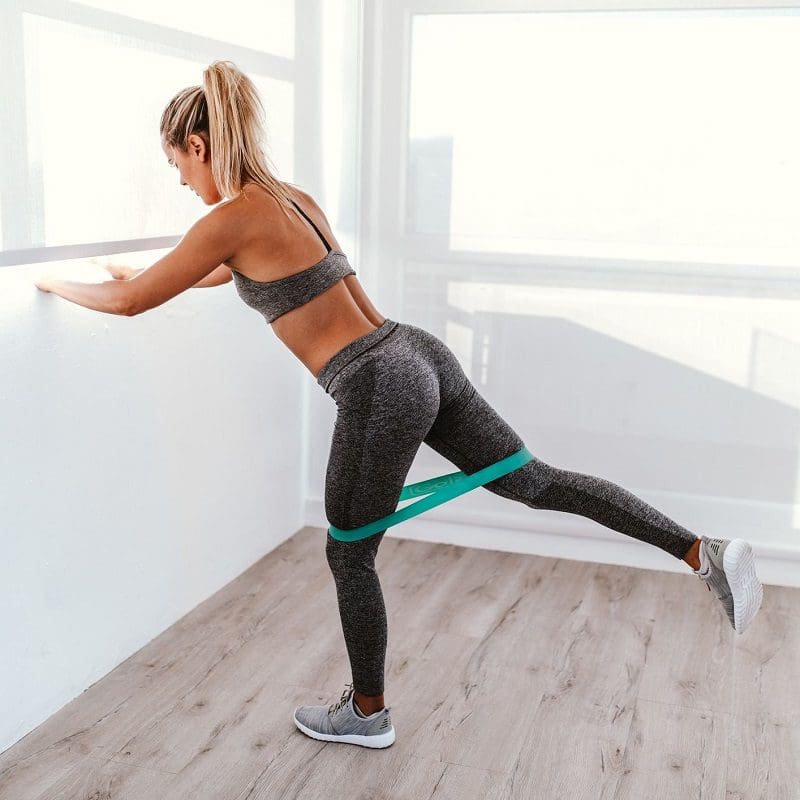
3 Exercises for Glute Activation
Overview
As anyone who exercises will know, getting yourself warmed up and ready before working out is an absolute must. Glutes are a very important muscle group that do a lot of work, from preventing any injuries to improving your general performance. Whenever you lean or bend over at your hips, your glute muscles are the things controlling your movements, so in order to fully engage them you’ll need to ‘activate’ them. Not doing so means you’ll be using other muscles for work that they don’t need to be doing (i.e. using your knee muscles to bend at the hips) and this can become an injury risk.
Strong glutes help you to become more powerful in your movements, and not just in exercise-related ones – simple tasks like walking or jogging will become a little easier as you have more power to put into them. Preventing excessive movement in your lower back and knees is another key advantage to having strong glutes, as this means you’ll reduce your general injury risk.
Anatomy
The glutes, short for gluteal muscles, are a group of three muscles that make up the buttocks. There are other muscles known as the deep 6, but we can discuss these at another time as the primary muscles are the glutes. The glutes are one of the most powerful muscles in the body, responsible for hip extension, abduction, and external rotation. The anatomy of the glutes is complex and understanding it is essential for anyone looking to build a stronger, healthier lower body.
The three muscles that make up the glutes are the gluteus maximus, gluteus medius, and gluteus minimus. The gluteus maximus is the largest and most powerful of the three, responsible for hip extension and external rotation. It originates from the ilium, sacrum, coccyx, and fascia of the lumbar region, and inserts into the femur.
The gluteus medius is located on the outer surface of the pelvis, just above the hip joint. It is responsible for hip abduction and internal rotation. The gluteus medius originates from the ilium and inserts into the greater trochanter of the femur.
The gluteus minimus is the smallest of the three muscles and is located underneath the gluteus medius. It is also responsible for hip abduction and internal rotation. The gluteus minimus originates from the ilium and inserts into the greater trochanter of the femur.
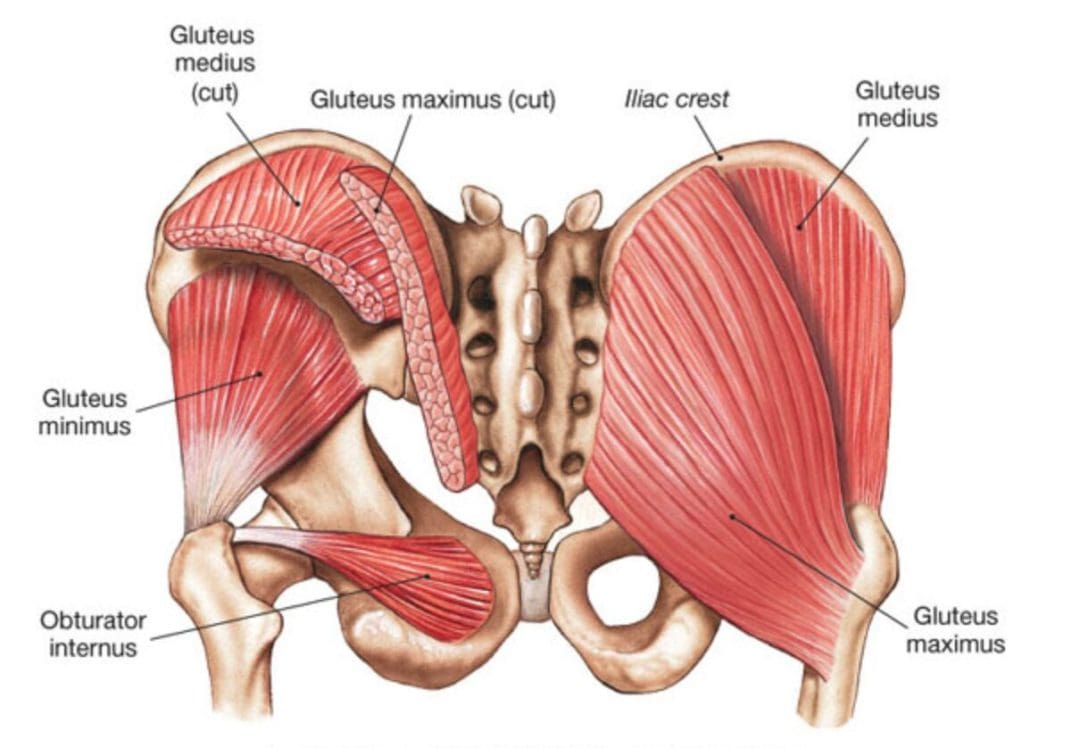
The glutes are not just important for aesthetic reasons; they play a vital role in many activities we perform daily, such as walking, running, and jumping. They also provide stability and support to the pelvis and lower back, making them crucial for proper posture.
To train the glutes effectively, it is essential to understand the different functions of each muscle. Exercises that target the gluteus maximus include squats, deadlifts, and hip thrusts, which all involve hip extension. For the gluteus medius and minimus, exercises such as side-lying leg lifts and lateral band walks are effective.
Proper form is crucial when performing glute exercises to ensure that the muscles are being targeted effectively and to avoid injury. It is also important to gradually increase the intensity of exercises to prevent overloading the muscles and causing strain or injury.
In conclusion, the glutes are a complex group of muscles that are vital for a healthy, strong lower body. Understanding the anatomy of the glutes and their functions is crucial for anyone looking to improve their strength and overall health. By incorporating targeted glute exercises into a regular fitness routine, individuals can build a stronger, more stable lower body and improve their performance in daily activities.
Exercises
So now that you’re aware of what glutes actually are, how do we activate them?
- Clamshell
This is an exercise popular both for stretching and physical therapy, and targets your hip rotators and muscles. Start by lying down on one side, with your head resting on an arm or pillow (but be careful, if you lean on your arm for too long it may start to go a little numb!). Then bend your knees upwards so that your feet are in an even line with your hips and your heels are behind you, and tilt your torso and pelvis slightly forward. Keeping your heels together, raise your top knee from the one that it’s resting on – this should contract your core and squeeze your glutes. Don’t be tempted to follow the movement of your hips rolling back, as they will try and to achieve maximum results from this, your body needs to remain stable as you lift your knees.
Once you’ve mastered it lying down, try it with your weight resting on one elbow in a side plank.
- Hip extensions
This can also be used as a great warm-up exercise as it targets your lower body and improves your flexibility and strength. To begin, get yourself into a table top position (on your hands and knees and looking down at the mat below you). Keep your hips over your knees and your shoulders aligned with your wrists, but be careful not to lock your elbows into place. Bring one of your bent knees up to the ceiling – this is the part that really works your glutes. Exhale as you raise it, then bring your leg back down into the position you started in and inhale. Complete 15 reps with one leg, then repeat for the other and you should be good to go.
- The glute bridge
Despite how involved it is with working your glutes, this is actually one of the easiest exercises that get the best results! Start by lying down on your back and looking up, with your knees bent and feet on the ground with hip-width space between them, to create a small triangle in the space between your legs and the floor. Press your arms down by your sides and your feet into the ground as you lift your hips off the ground, using your arms to support yourself, and then lower them back down to the ground. Make sure to keep your core tight for maximum effect!
When the two-legged version becomes too easy, extend one leg in the air as you lift your hips, or even pull your knee to your chest with your arms as you bring it up.
Injuries and other considerations
The glutes, also known as the buttocks, are a group of muscles that are crucial for movement and stability of the lower body. These muscles include the gluteus maximus, gluteus medius, and gluteus minimus. Injuries and medical conditions associated with the glutes can cause pain and discomfort, and may affect a person’s ability to perform daily activities. Here are some possible injuries and medical conditions associated with the glutes:
- Strains and Sprains: The glutes are prone to strains and sprains, which occur when the muscles and ligaments are stretched or torn. These injuries can result from sudden movements, overuse, or trauma. Symptoms of a strain or sprain include pain, swelling, and limited range of motion.
- Piriformis Syndrome: Piriformis syndrome is a condition in which the piriformis muscle, located in the buttocks, spasms and compresses the sciatic nerve. This can cause pain, numbness, and tingling in the buttocks and down the leg. Piriformis syndrome can be caused by overuse, trauma, or poor posture.
- Bursitis: Bursitis is a condition that occurs when the bursae, small sacs of fluid located between the bones and tendons, become inflamed. This can cause pain, tenderness, and swelling in the buttocks. Bursitis can be caused by overuse, trauma, or infection.
- Sacroiliac joint dysfunction: The sacroiliac joint is located at the base of the spine and connects the sacrum to the pelvis. Dysfunction in this joint can cause pain in the buttocks, lower back, and legs. Sacroiliac joint dysfunction can be caused by trauma, pregnancy, or degenerative joint disease.
- Gluteal tendinopathy: Gluteal tendinopathy is a condition that occurs when the tendons that attach the gluteal muscles to the hip bone become inflamed or degenerate. This can cause pain, weakness, and difficulty walking. Gluteal tendinopathy can be caused by overuse, trauma, or aging.
- Hemorrhoids: Hemorrhoids are swollen veins in the anus and rectum that can cause pain, itching, and bleeding. Prolonged sitting or straining during bowel movements can increase the risk of developing hemorrhoids.
Preventing injuries and medical conditions associated with the glutes involves a combination of proper stretching, strengthening, and conditioning. It is important to maintain good posture, avoid prolonged sitting, and engage in regular exercise that targets the glutes.
If you experience any pain or discomfort in your glutes, please contact us and we may be able to help with rehabilitation, strength and conditioning or sports massage. Furthermore, should you be seeking advice on how to build / train your glute muscles, please contact one of our personal trainers.
